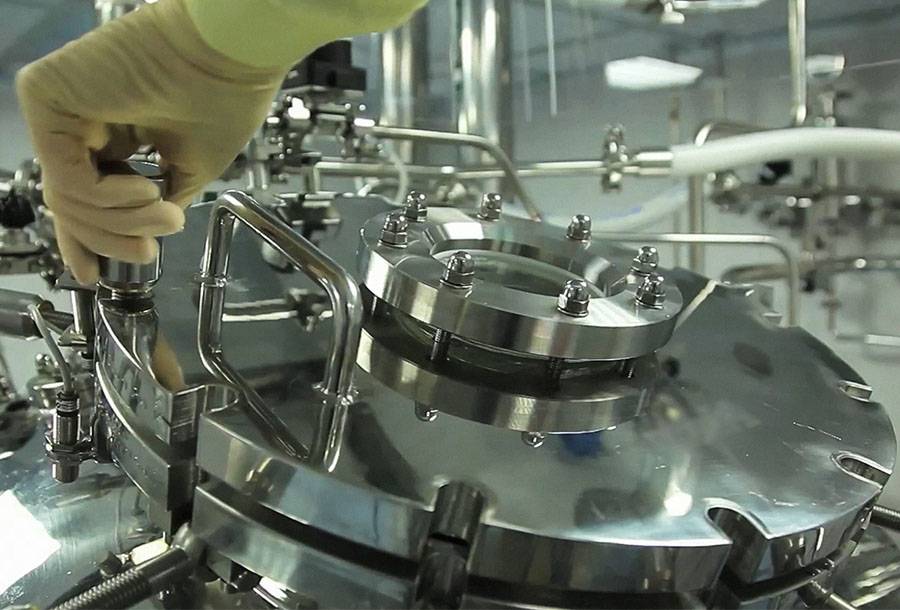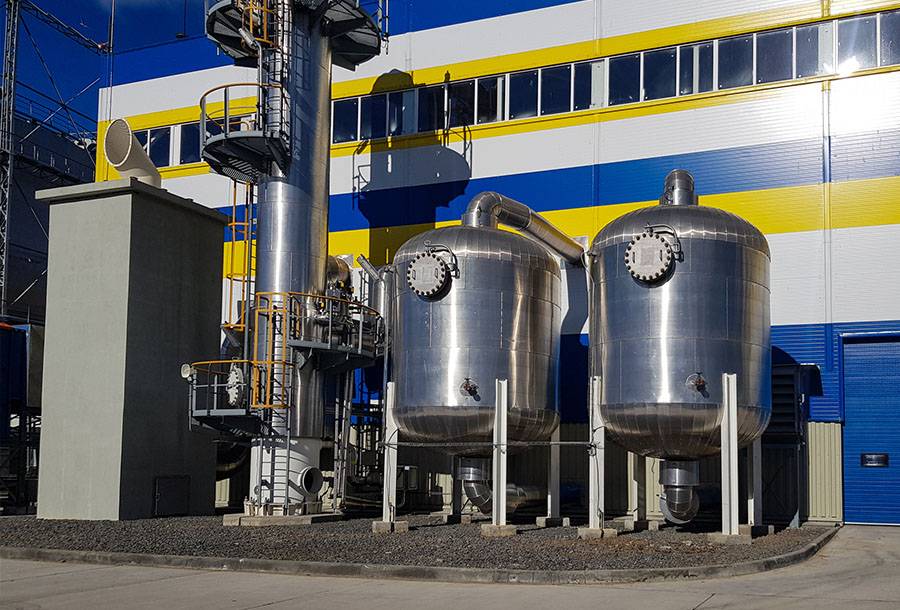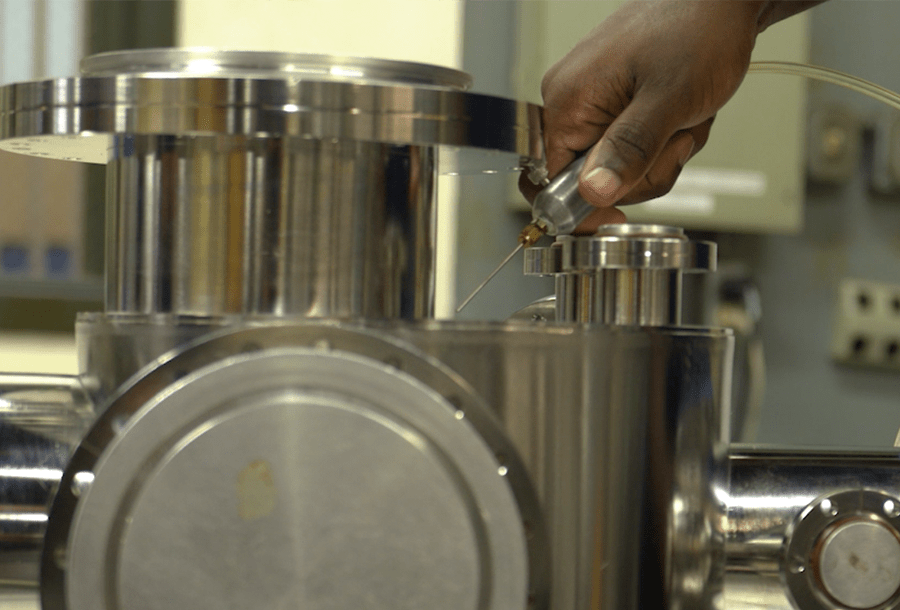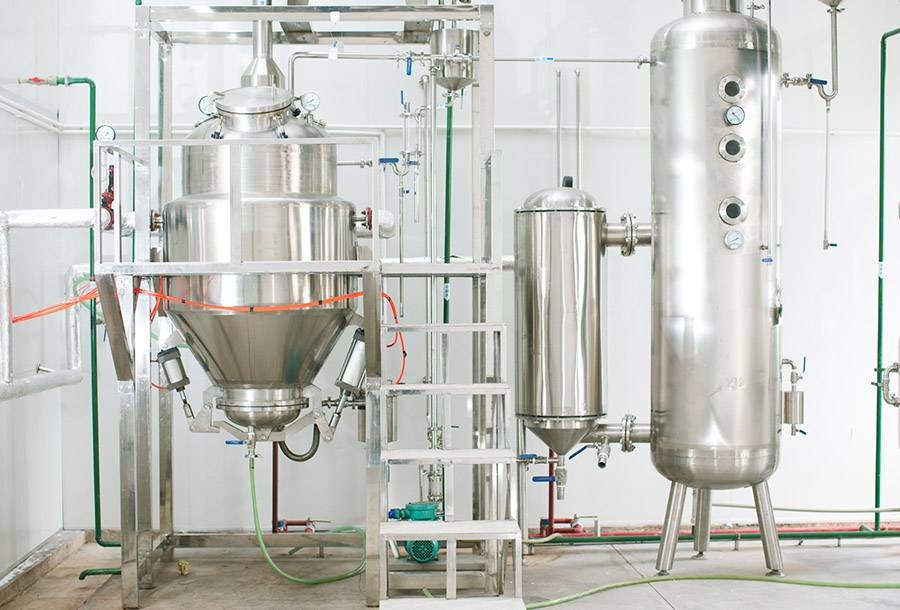- Home
- Industrial
Industrial
Vacuum in Industrial Applications
Providing vacuum products for a wide-variety of industries.
Industrial applications such as heating, cryogenics, energy, extraction, and purification all depend on vacuum components such as valves, traps, flanges and fittings to maintain operation of their systems.
Heating
Combining heat with a vacuum is mainly seen in three processes: bakeouts, drying, and metal processing.
Vacuum bakeouts are completed to increase system cleanliness by completing cycles that eliminate any microscopic impurities where vacuum drying is used to reach specific vapor pressures to prevent a subject from re-condensing. Vacuum metal processing combines heat with vacuum to create powerful alloys by ensuring grain purity during brazing, tempering, and annealing.

Industrial Cryogenics
Industrial applications that involve extreme cooling utilize vacuum and cryogenics for their processes to run.

Healthcare
Medical treatments such as proton therapy, ultracentrifuges, titanium prosthetics, MRIs, and more use vacuum science and cryogenics. Imaging alone requires magnets, vacuum, and cryogenics to achieve superconducting properties to generate and output tissue imaging.

Freeze Drying
Industrial freeze dryers serve food and beverage industries, universities and labs, farmers, and pharmaceutical companies by preventing structural decomposition and preserving nutritional content and appearance.

Gas Handling
Cryogenic gas handling in industrial applications is seen in plant infrastructure and distribution systems used to power tools, store critical components, and preserve intermediate products. This advances the efforts of alternative fuels and energy, extraction/distillation, and pharmaceuticals

HVAC/Refrigeration
HVAC/Refrigeration for industrial settings relies on the ability to effectively manipulate environmental settings. By employing cryogenics, environments and system processes can operate at the extremely low temperatures they require.
Cryogenics are also used in various research and development applications such as quantum computing and superconductors. Learn more about these cryogenic R&D applications on our Research and Development page.
Leak Detection
Manufacturers and other industrial users rely on leak detection to verify vacuum seals.
Tracer and noble gases are used to confirm that chambered components maintain hermetic sealing in vacuum. One of the most accurate methods of vacuum leak detection is a highly specialized mass spectrometer known as a helium leak detector. Industrial manufacturing requires vacuum leak detection for production/processing machinery, automotive reservoirs, air conditioning units, and refrigeration systems.

Extraction
Extraction of biomass from natural samples often requires heating, traps, filters, and vacuum chambers.
Cryogenic vacuum distillation is a process used to extract water from biomass samples by using a cryogenic trap to collect water vapor from samples heated under vacuum. Other forms of extraction include the use of vacuum chambers combined with heating to lower the boiling point for extractions of oils from solids such as pastes and powders.

